Watercress is a delicious and nutritious vegetable that can be enjoyed by people of all ages.
It’s also a great way to get your daily dose of vitamin C.
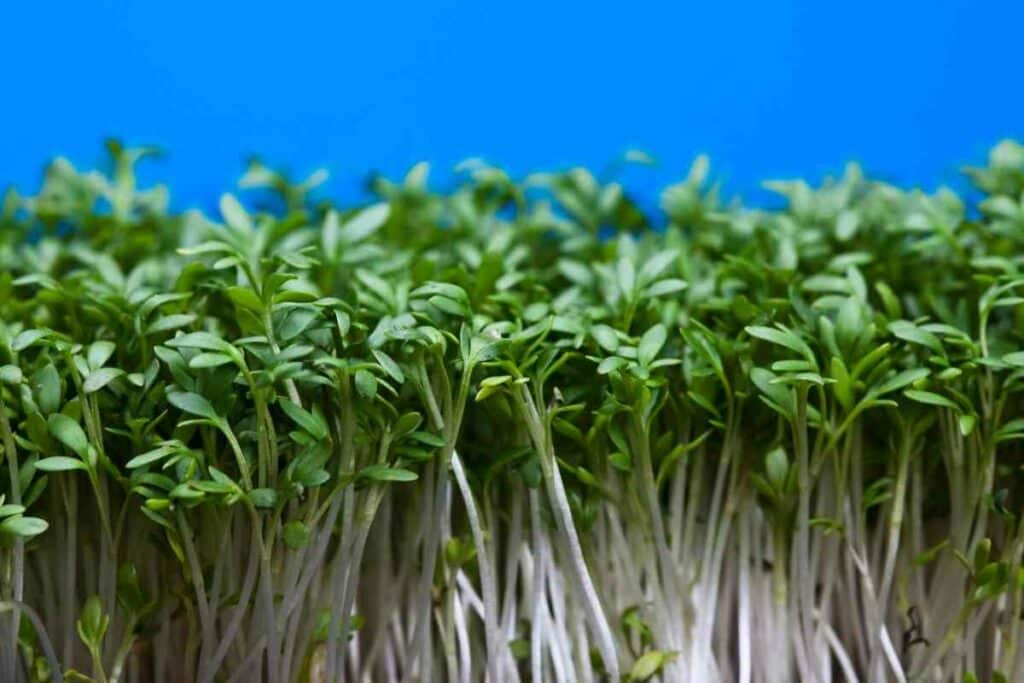
What you may not know, is that watercress can be grown without soil!
This guide will show you how to grow watercress in a container using just water and organic matter.
About Watercress
Watercress is a leafy vegetable that is part of the cruciferous family, which includes other vegetables such as:
- broccoli
- Brussels sprouts
- and cabbage
It’s a perennial plant, meaning it will grow back each year.
Watercress is often grown in waterlogged soil near streams or ponds.
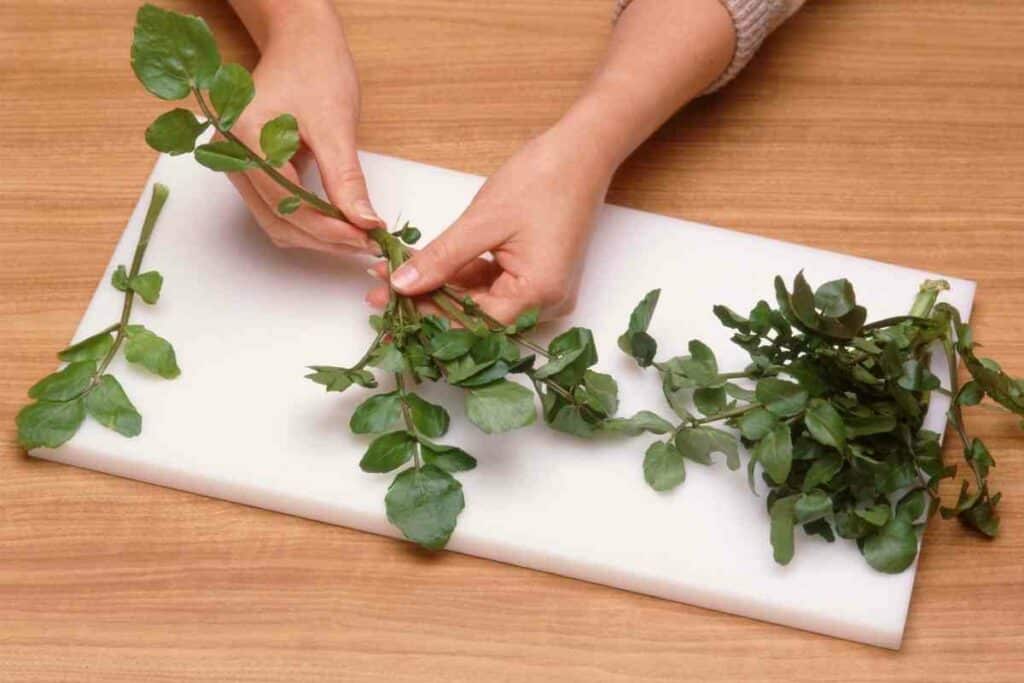
The plant prefers cool temperatures and can even tolerate frost.
In the Wild – The watercress can be found growing in Europe, Asia, and North America. It has been cultivated for centuries and was even eaten by the Ancient Greeks and Romans.
Watercress is a nutritional powerhouse.
It’s an excellent source of vitamins A, C, and K.
It also contains calcium, iron, and magnesium.
Watercress has a slightly peppery flavor and can be enjoyed raw in salads or cooked in soups and stir-fries.
Is Watercress Toxic for Pets?

Even though humans have been eating watercress for centuries, it is toxic for dogs, cats, and horses.
If your pet ingests watercress, they may experience vomiting and diarrhea.
Heads Up! If you suspect your pet has eaten watercress, contact your veterinarian immediately.
Eating Watercress
There’s a reason watercress has remained popular for so long.
Not only is it delicious, but it’s also packed with nutrients.
Watercress is a low-calorie food, yet it’s high in vitamins and minerals.
Health Benefits of Watercress
The benefits of eating watercress almost seem too good to be true, but this is one of those superfood plants that contain helpful vitamins and minerals for overall health.

Here are 7 health benefits watercress has:
- Aids in blood clotting and healthy bones. A mere 35g of watercress will give you all of the recommended daily intakes of Vitamin K that you need. This vitamin plays a hand in helping your blood clot and keeping your bones strong.
- This is a fairly big claim, but watercress is packed full of antioxidants that fight against oxidative stress. This can help prevent colon, lung, prostate, and skin cancer. This is because watercress contains glucosinolates that turn into activated isothiocyanate when they are damaged by being cut with a knife or by chewing. Isothiocyanates help prevent cancers by protecting the healthy cells from damage and carcinogenic matter.
- Watercress is a natural diuretic. This means it helps to promote urination, which can help flush out toxins from your body.
- The nutrients in watercress may help to lower blood pressure. One study showed that participants who ate watercress every day for 8 weeks had lower blood pressure than those who didn’t eat it.
- Watercress is good for heart health, specifically blood vessel health. Watercress contains dietary nitrates which reduce inflammation and opens up your blood vessels.
- Improving your immune system is also a benefit of eating watercress. Watercress contains plenty of vitamin C, not as much as vitamin K, but still enough for vitamin C to help with your immune system.
- Watercress can also help with overall eye health. The combination of vitamin C and the carotenoids lutein and zeaxanthin work together to protect the eyes from blue lights from screens. In the long term, this prevents cataracts and macular degeneration.
Ways to Use Watercress
Now that you know of the many benefits watercress has, here are some ways to add it to your meals right away without changing your entire menu:
- Use watercress in place of lettuce. Use it in salads or replace lettuce on sandwiches with it.
- Stir it into soup or sauces when it is almost finished cooking.
- Cut it into small pieces and use it to top dishes like you would with green onion.
- Make a pesto sauce with watercress to add to pasta, baked potatoes, chicken, wraps, or anything else you want to add a little bit of flavor too.
To Make Watercress Pesto – Combine 100g of watercress, a handful of basil leaves, 1 clove of garlic, 100g of grated pecorino cheese, 5 tablespoons of olive oil, the juice from half of a lemon, 50g of pine nuts in a food processor. Continue blending until the sauce is almost a smooth consistency.
How to Grow Watercress
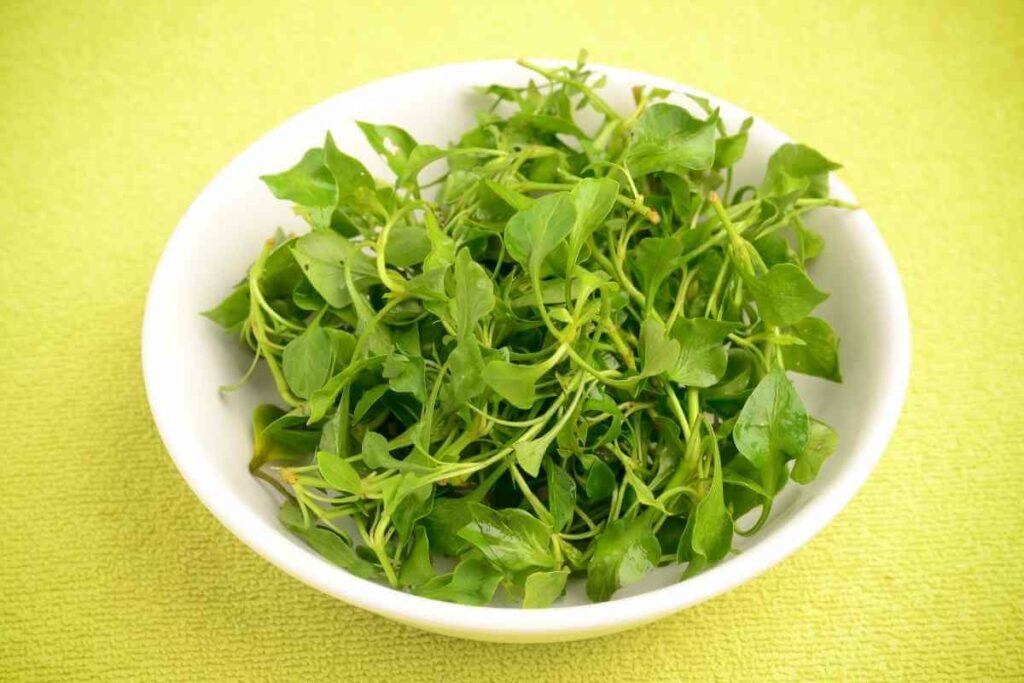
Watercress is similar to herbs, in the sense that they grow best indoors.
Soil or No Soil?
The title of this article might suggest how you can grow watercress without access to soil, but that’s not the case with watercress.
Watercress prefers an aquatic, or at the very least a semi-aquatic growing medium.
If you don’t have a hydroponic garden, the next best thing is to use a soilless substrate such as vermiculite or perlite.
To increase water retention, mix either of those with peat and you have the perfect soilless potting mix.
Water
It shouldn’t come as a shock that watercress loves water.
This plant usually grows in ponds or shallow streams where it is used to growing in water.
To grow watercress indoors, you will need to keep the plant’s roots submerged in water at all times.
The best way to do this is to put the pot your plant is in into a tray filled with an inch or two of water.
This gives you the ability to keep your plant sitting in water, but also to change the water every few days.
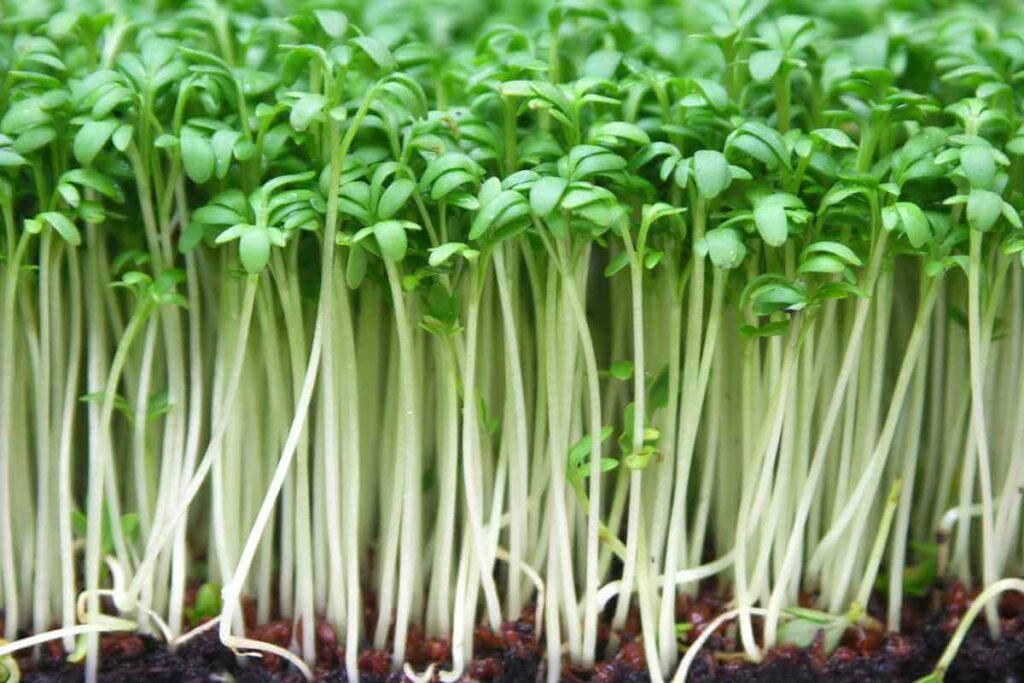
When water sits for a while, it tends to get stagnant, which isn’t good for your plant.
Sunlight
Watercress prefers a shady spot in your house that gets less than 4 hours of indirect sunlight in the morning.
The best spot to put your watercress plant is near an East facing window so it gets sunlight while the sun rises, but stays pretty shaded once the sun has gone over the roof of your house.
If you don’t have an East facing window, the next best thing would be a South or West facing window that is shaded by a tree or another building.
Temperature and Humidity
Watercress is a cool-weather crop and does best in temperatures between 60 and 70 degrees Fahrenheit.
It can tolerate some frost, but prolonged exposure to freezing temperatures will damage the plants.
Watercress also prefers high humidity, so if your house is naturally dry, you might need to invest in a humidifier to put near your watercress.
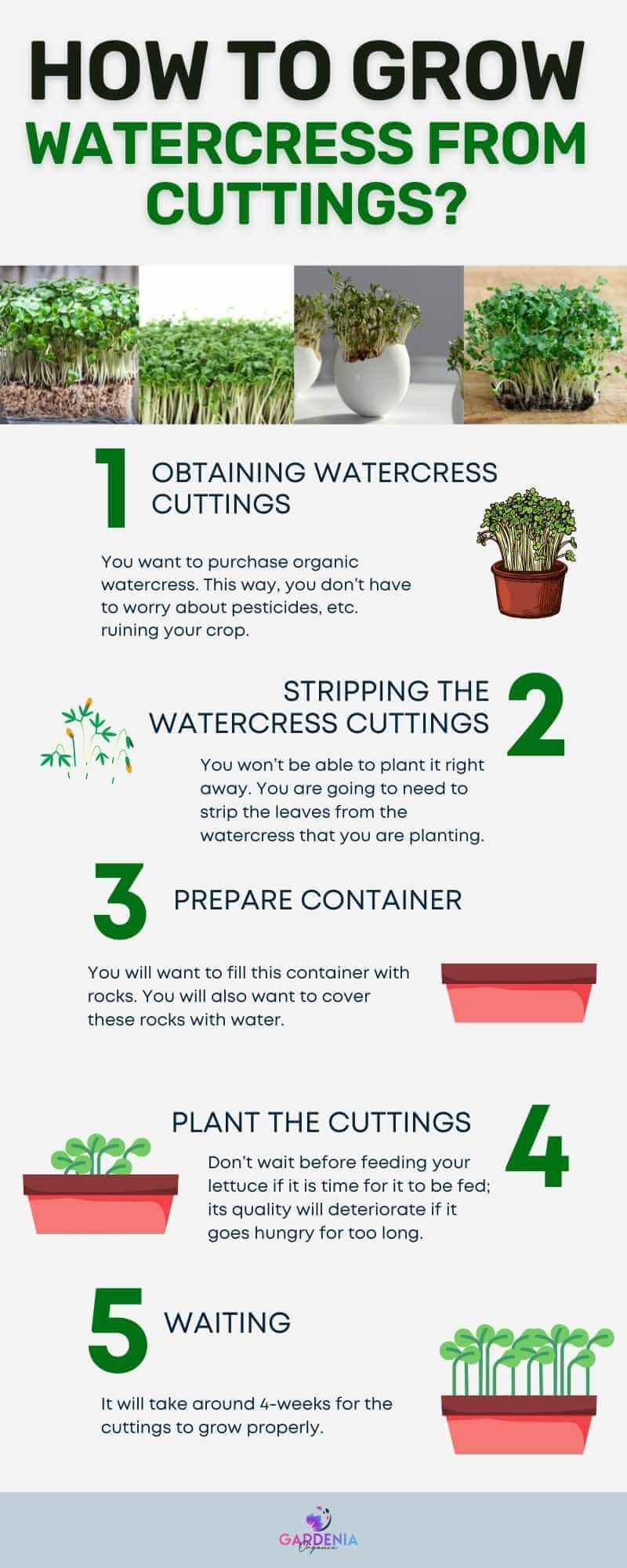
However, if you are using the double pot method where the pot with substrate sits in a dish of water, humidity shouldn’t be a problem.
From Seed to Table
Watercress is easy and quick to grow if you follow these steps.
Growing from Seed
If you plan on growing watercress from seed, you will need:
- a pot with drainage holes
- a dish that’s slightly larger than the pot to hold water
- watercress seeds
- a mixture composed of vermiculite, perlite, peat, and extra vermiculite on the side
Once you have everything, set up your pot as follows:
- Fill your smaller pot about an inch from the top with the peat mixture. Pack it down to give your seeds a surface to sit on top of.
- Generously sprinkle watercress seeds on top of the peat. It is better to add too many seeds than not enough seeds.
- Lightly cover the seeds with a layer of vermiculite. Vermiculite is lighter than the other components in the pot and will give the sprouts room to easily move to the top.
- Put the pot inside the dish of water and change the water every other day.
- Follow the rest of the care tips for the next 15 to 20 days.
Harvesting Watercress
Once the 15 to 20 days are up, your watercress is ready for harvesting.
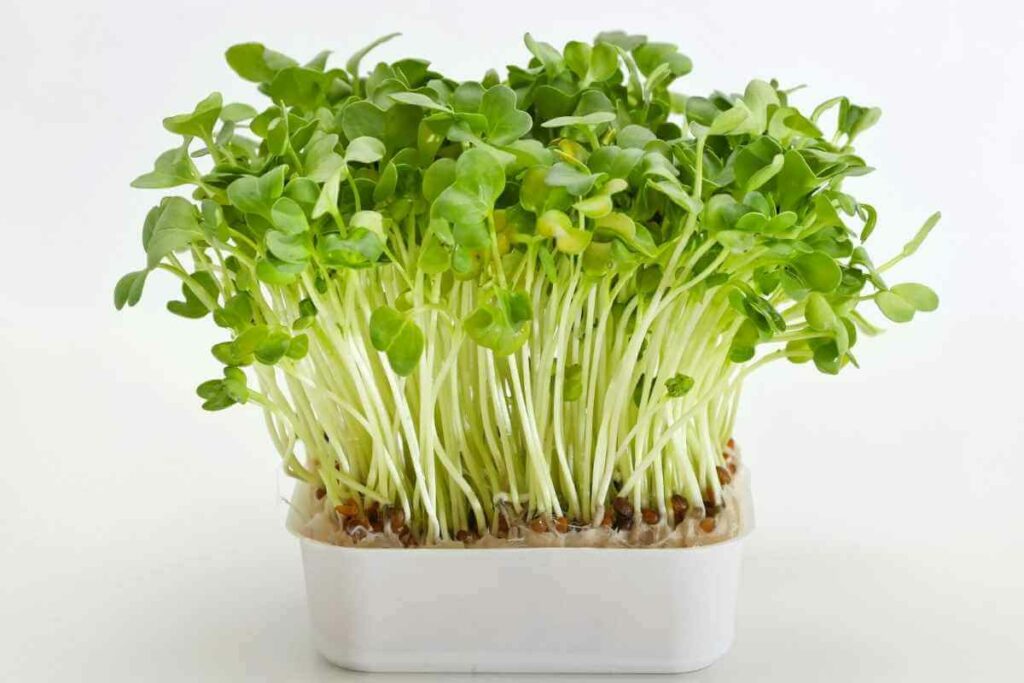
By now the plants should have reached a height from 3 inches to 6 inches tall.
The earlier you harvest watercress, the more bite the leaves will have, and they’ll be a bit more bitter as well.
If you want a softer and smoother flavor you should harvest it closer to the 20-day mark.
To Harvest Watercress – Take a pair of scissors and cut off the amount you need. Leave the rest and come back every few days to cut more.
If you cut more than you need at a time, give the watercress a good rinse and put it in a sealed container in the fridge for up to a week.
Over time the cut watercress will grow back. This will result in a bushier plant with larger leaves.
Fixing Common Issues
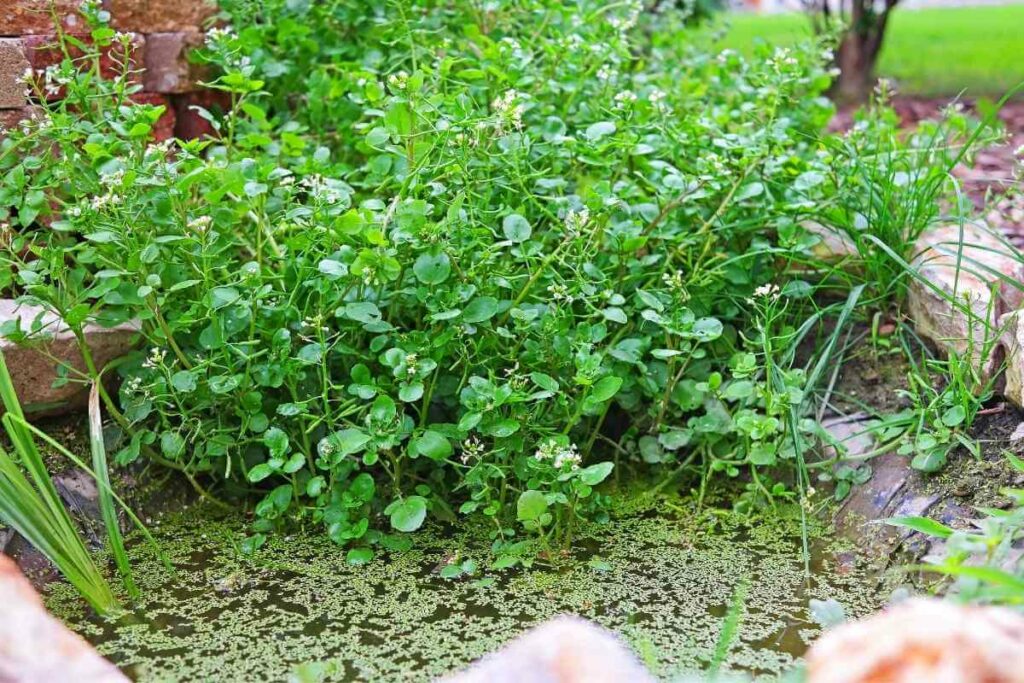
Watercress has a much larger pest problem than it does with damage to the plant itself.
Plant Damage
There are two main things to watch out for with a watercress plant, and both have something to do with the water:
- Shriveling Leaves: If you notice the leaves of your watercress are shriveling, the chances are very likely that the plant isn’t getting enough water. Make sure that there is fresh water in the dish you have your watercress pot sitting in, and that the water level reaches a few inches up the pot.
- Yellowing Leaves: If you see some leaves starting to yellow, it’s a sign that the water supply might be contaminated with mold, high levels of calcium, or other minerals. Try changing the water more frequently, and if that doesn’t work, you may need to find a different source of water for your plants.
Pests
Watercress is especially susceptible to aphids, slugs, and snails.
These pests are attracted to the high levels of nitrogen in the leaves of the plant.
To get rid of the pests, start by manually removing them.
If they are large enough to remove with your fingers, pick them off and dispose of them immediately.
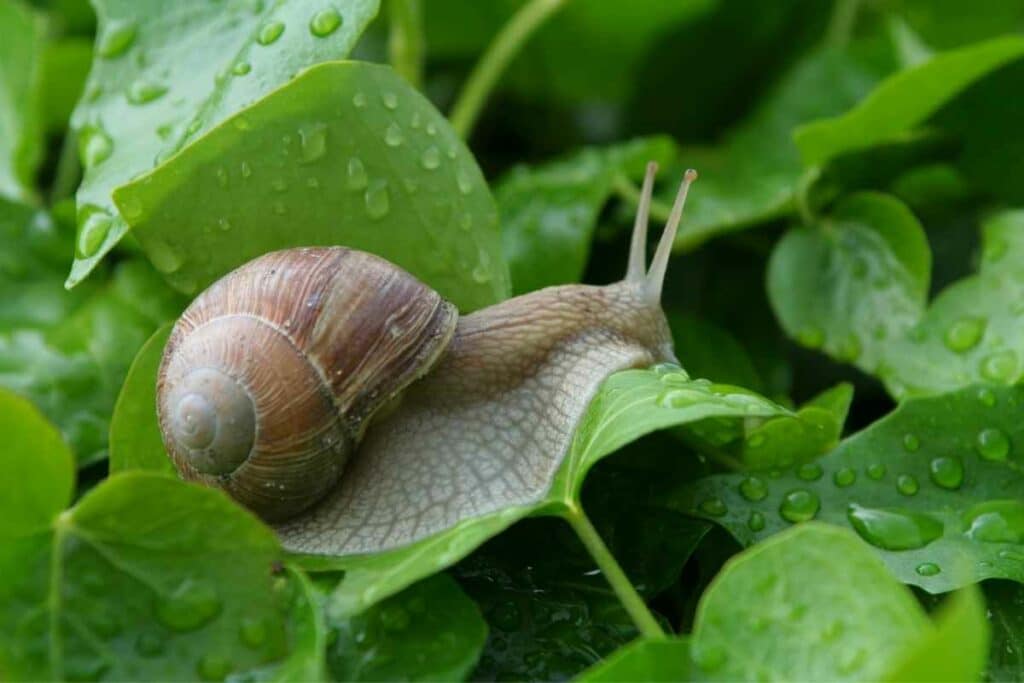
If you are having trouble picking off the aphids, use a cloth or a soft toothbrush to wipe them off the plant.
Then it’s time to kill any eggs left on the plant. The best way to do this is to use insecticidal soap.
These are made from fatty acids and potassium and are low toxicity which means they will get rid of mall pests but they won’t cause harm to your plants, pets, or yourself.
If you’d rather not use something labeled as an insecticide around the watercress you want to eat, try making your own insecticidal soap from ingredients you have at home.
To Do This – Mix one cup of oil, vegetable oil, canola oil, or peanut oil, with one tablespoon of dish soap. Mix well and apply to the leaves and the base of the watercress daily until the pests are gone.
Final Thoughts
Watercress is a delicious and healthy addition to any meal, and with the right care, it can be easy to grow at home.
By following the tips in this guide, you should be able to have a thriving watercress plant in no time.
Keep an eye out for common problems like yellowing leaves or pests, and make sure to change the water every few days to keep the plant healthy.
With a bit of care, you’ll be able to enjoy fresh watercress all year round.


